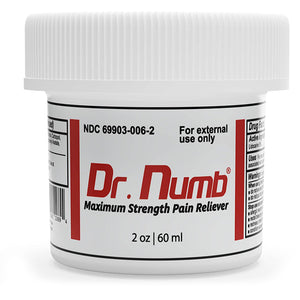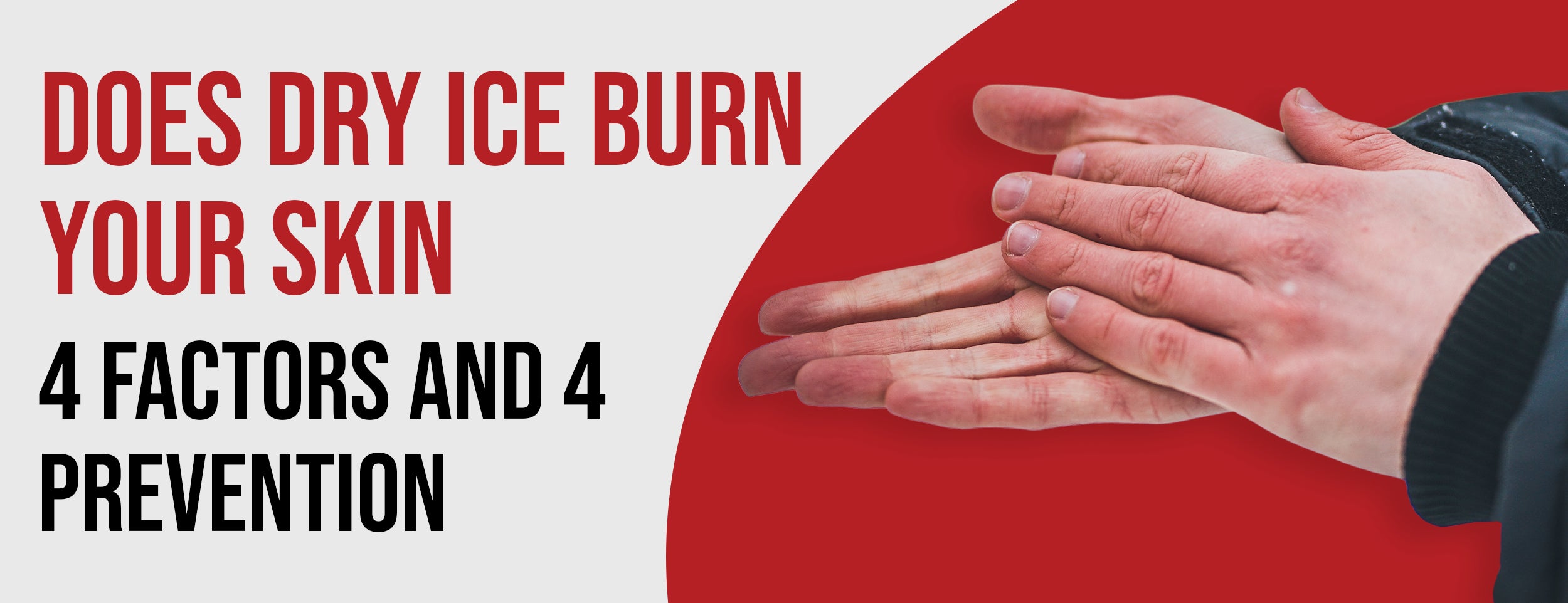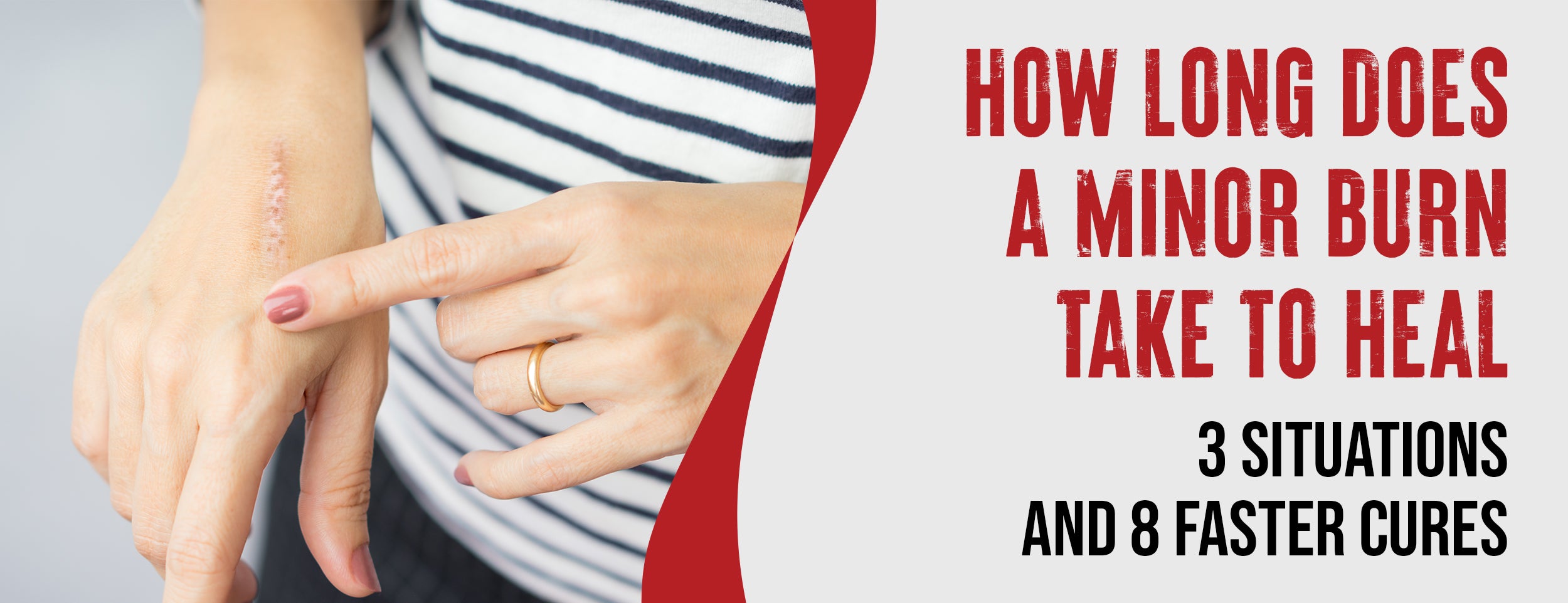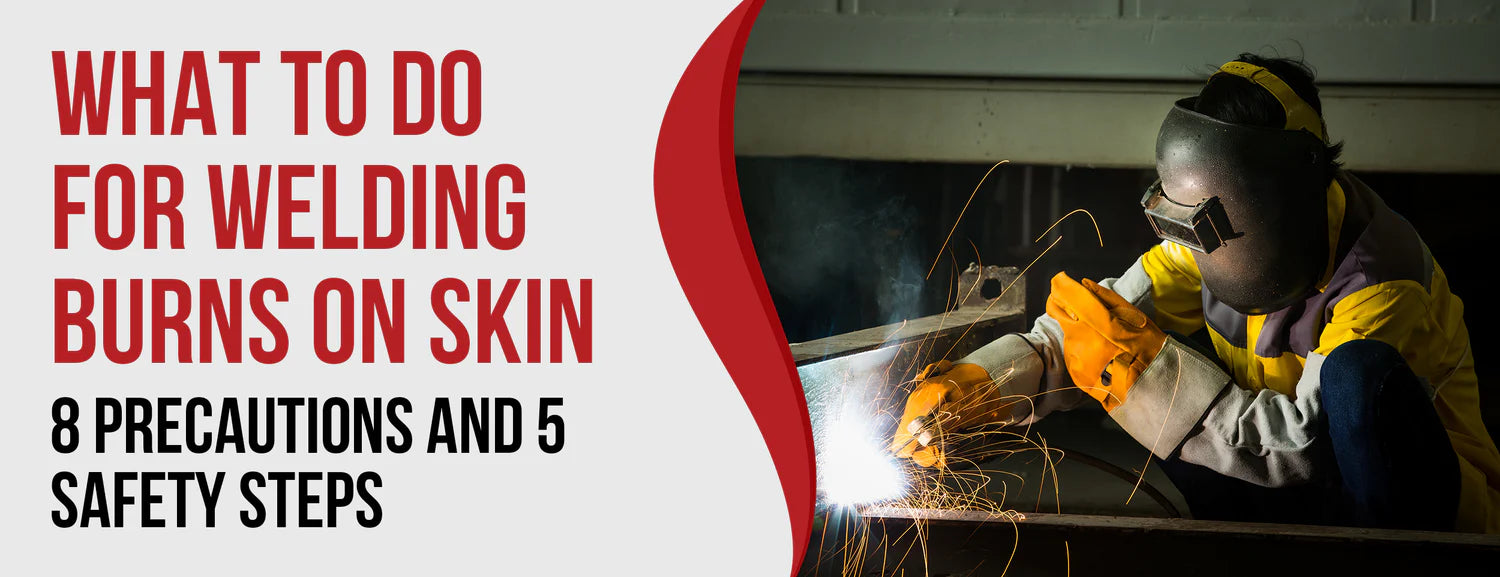Minor chemical burns are common, especially 1st or 2nd degree burns in households where chemicals like cleaning solutions and acids are used frequently. These types of burns can be quite painful and can even lead to scarring if not treated the right way.
The most crucial step in treating a chemical burn is to flush the affected area with cool running water for at least 20 minutes. This helps to remove any remaining chemical residue and reduces the risk of further harm.
Then gently clean the burn with mild soap and water. After rinsing, Don't use hydrogen peroxide or alcohol, which can slow the healing process. Once the area is clean, gently pat the burn dry and apply a thin coat of antibiotic ointment or petroleum jelly onto the burn., then you may wrap it with a nonstick bandage.
In this blog post, We'll guide you through treating minor chemical burns at home and ensuring you heal quickly.
How To Treat Minor Chemical Burns At Home: 9 Steps To Follow

Discover the key steps for effectively treating minor chemical burns at home. Follow these 9 easy-to-follow guidelines to ensure proper care and promote healing.
Initial Response to Chemical Burns
For minor chemical burns at home, immediately flush the affected area with water for at least 20 minutes to remove the chemical. Gently wash the area with soap, pat dry the burn, and apply an antibiotic ointment. Protect the burn with sterile bandages or non-stick gauze to prevent infection. Get medical attention if the burn measures over 3 inches wide, becomes infected, or causes severe pain.

Rinsing The Burn with Water
- To dilute and remove the chemical, rinse the burn immediately with cool running water.
- While rinsing, remove any clothing or jewelry that came into contact with the chemical to prevent further exposure.
- If the burn still feels painful after the initial 20 minutes, continue flushing the area with flowing water for 10 to 15 minutes.
- Maintain a steady flow of water to effectively wash away the chemical and prevent further penetration into the skin.
- Get professional medical help if the burn is severe or covers a large area, even if you've already rubbed it.
Gently Patting The Burn Dry

Treating minor chemical burns at home can be complicated and requires great care. A gentle patting of the burn is important after it has been washed with mild soap and water. The affected area should be protected with a soft and clean cloth or gauze. If you press or rub the burn while it's drying, you may cause more damage to the skin.
Left completely damp, moisture can cause infections on burned skin. By gently patting the burn dry, you can reduce discomfort, inflammation, and the possibility of complications.
Petroleum Jelly and Dressing
Apply petroleum jelly or antibiotic ointment after drying chemical burns at home. Too much can cause greater discomfort as it traps moisture and heat against the skin. Keep the burn clean and prevent further damage by applying petroleum jelly and covering it with a sterile bandage or cloth.
The jelly creates a waterproof coating that protects the skin as it heals. Whenever the pain or redness grows, or if there are signs of infection, get immediate medical help.
Choosing Appropriate Dressing
One of the most critical steps is the type of dressing to use when treating minor chemical burns at home. Non-adherent films or fine mesh gauze, in combination with topical antimicrobials, are commonly used to cover the burn wound. Moreover, the specific qualities and needs of the burn should be considered when choosing the dressing.
Avoid using cotton wool or other fibrous materials, as these can irritate the wound and create further damage. When applying the dressing, ensure it is slightly larger than the burn area to cover it completely. For example, alginates, hydrocolloids, foams, and hydrogels may suit certain chemical burns. Consult a healthcare professional to choose an appropriate dressing for a minor chemical burn.
Continued Cleaning

Chemical burns at home require continued cleaning to promote faster healing and prevent infection. To avoid chemical burns, always wear gloves when handling chemicals. The affected area should be washed with soap and water, and ointment containing antibiotics should be applied.
Cover the wound with a sterile gauze bandage or dressing, which should be changed daily until the burn has healed. Ensure to keep the burn dry at all times, avoiding contact with water as much as possible.
Pain Relief Measures
Second-degree minor chemical burns at home require pain relief measures to alleviate discomfort. If possible, rinse the area for at least 20 minutes with cool running water before cleaning it. After drying the burn, nonsteroidal anti-inflammatory drugs (NSAIDs) like ibuprofen can be taken to manage pain and inflammation.
Topical pain relievers like lidocaine (Dr. Numb) or benzocaine can also numb the skin. Infection can be prevented by applying sterile gauze, which protects the wound against further damage. Severe burns that cover a large body area should be treated medically.

Monitoring and Seeking Medical Attention
- A physician should treat the burn if it exceeds three inches in diameter and is on sensitive skin.
- If the burn resulted from an electric shock or exposure to a chemical, it's important to consult a medical professional.
- Pus or any other fluid leaking from the burn indicates possible infection, warranting medical assessment.
- Increasing pain over time, skin loss, or a foul smell from the burn are signs that should prompt immediate medical attention.
- If any of these symptoms are present, seeking medical help to ensure proper treatment and prevent complications is advisable.
Conclusion
Using a systematic approach to treat minor chemical burns at home requires cleansing, moisturizing, and protecting the affected area. Following the above-mentioned steps, you can effectively address minor chemical burns and promote healing. Remember that immediate and proper treatment is key to preventing complications, and don't hesitate to seek medical help if needed. Prioritize safety and care, ensuring a quicker and smoother recovery from these minor burns.














